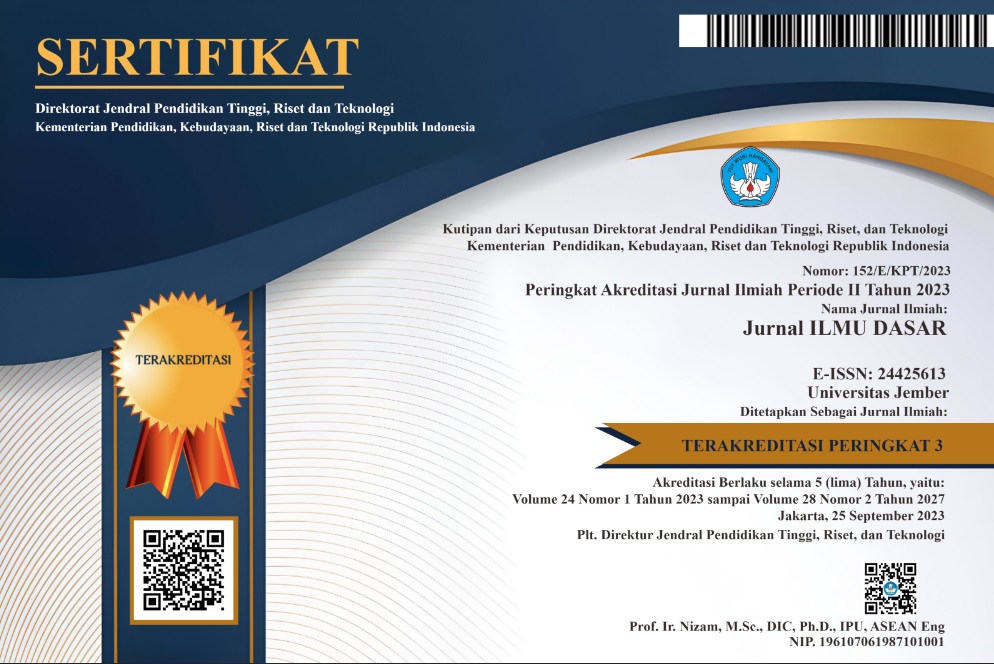The Efficiency of First (GEE1) and Second (GEE2) Order “Generalized Estimating Equations†for Longitudinal Data
DOI:
https://doi.org/10.19184/jid.v15i1.553Abstract
The approach of GEE focuses on a linear model for the mean of the observations in the cluster without full specification the distribution of full-on observation. GEE is a marginal model where is not based on the full likelihood of the response, but only based on the relationship between the mean (first moment) and variance (second moment) as well as the correlation matrix. The advantage of GEE is that the mean of parameter are estimated consistently regardless whether the correlation structure is specified correctly or not, as long as the mean has the correct specifications. However, the efficiency may be reduced when the working correlation structure is wrong. GEE was designed to focus on the marginal mean and correlation structure as nuisiance treat. Implementation of GEE is usually limited to the number of working correlation structure (eg AR-1, exchangeable, independent, m-dependent and unstructured). To increase the efficiency of the GEE, has introduced a variation called the Generalized Estimating Equations order 2 (GEE2). GEE2 has been introduced to overcome the problem that considers correlation GEE as nuisiance, by applying the second equation to estimate covariance parameters and solved simultaneously with the first equation. This study used simulation data which are designed based on the the AR-1 and Exchangeable correlation structure, then estimation are done  using theAR1 and exchangeable. For GEE2,  estimation done by adding model for correlation link. The result is a link affects the efficiency of the model correlation is shown with standard error values ​​generated by GEE2 method is smaller than the GEE method.







